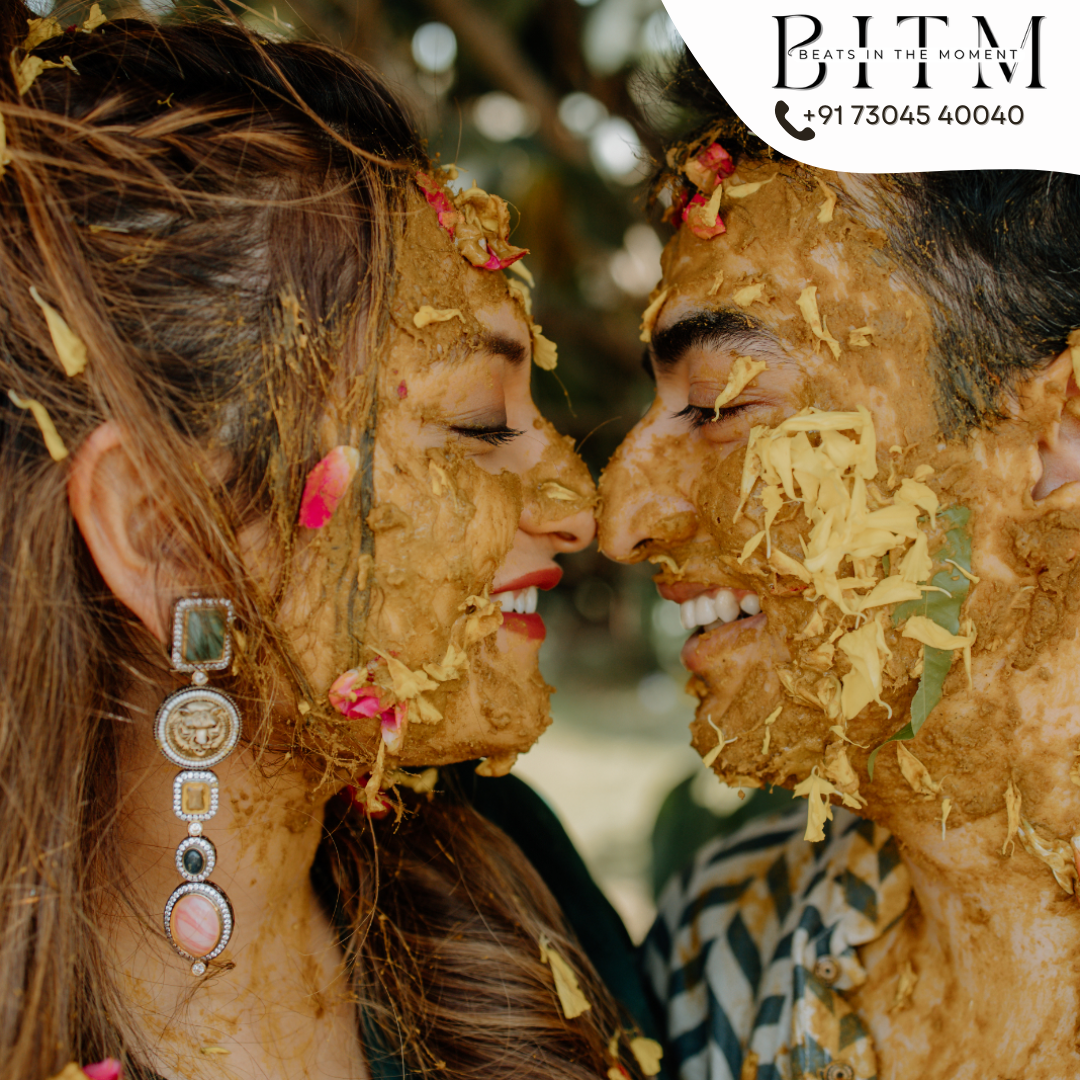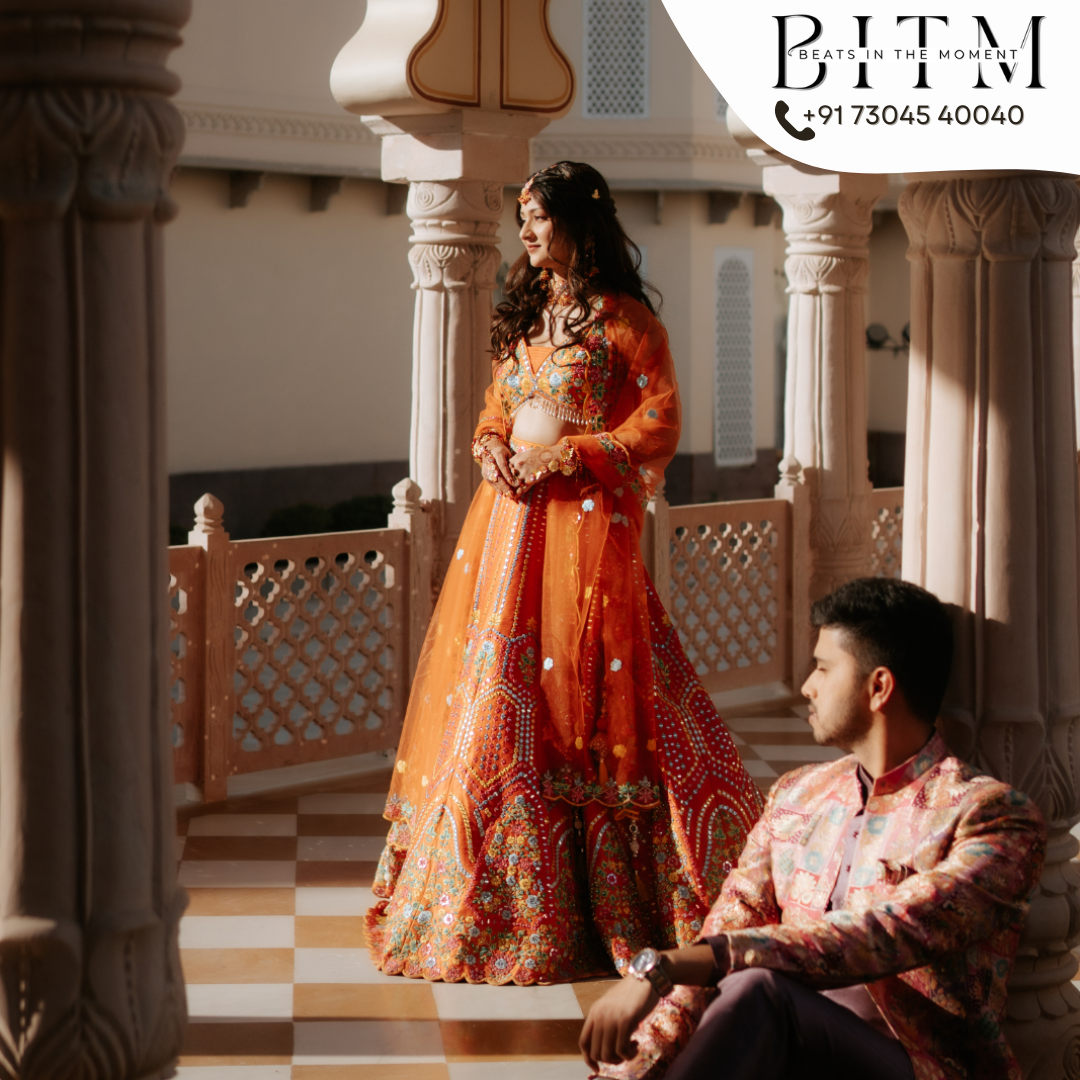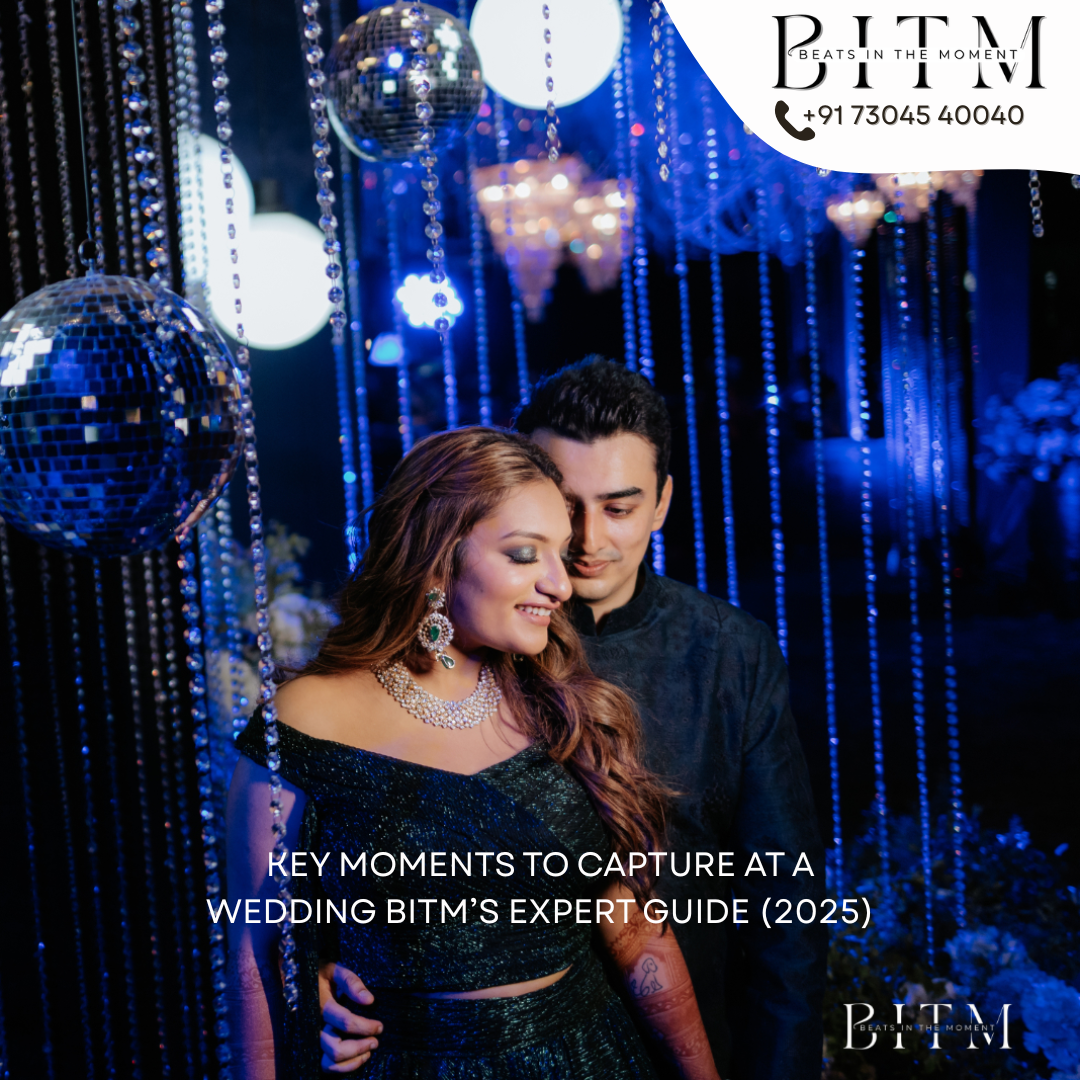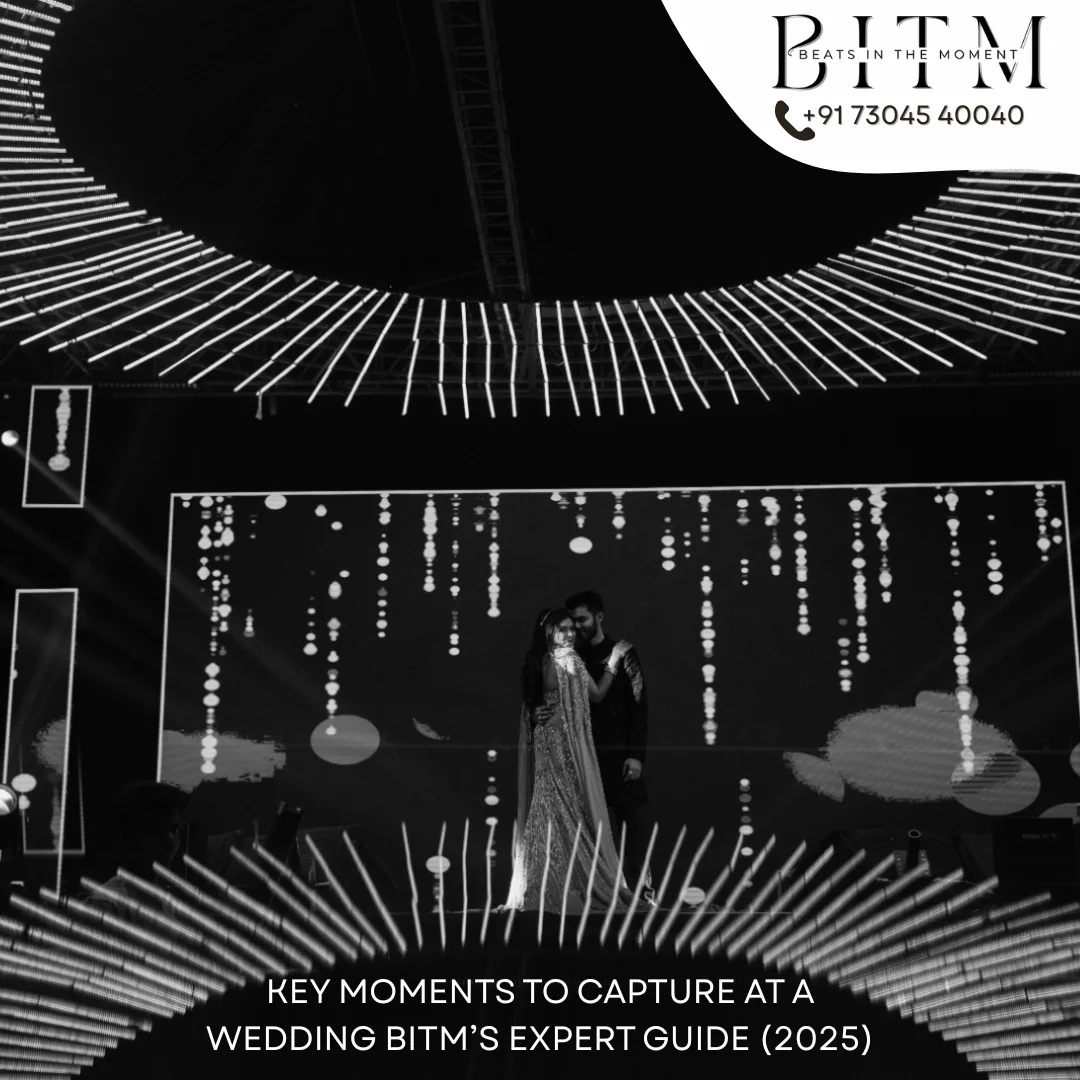Night photography strips images down to light, contrast and mood. BITM (Beats In The Moment) treats night shoots as a blend of technical discipline and creative experimentation choosing stable gear, fast glass, and purposeful lighting, then applying long exposures, light-painting and composition rules to make the dark feel alive. This guide breaks down the exact equipment and proven techniques BITM recommends and uses, with practical camera settings you can copy.
Why equipment and technique matter at night?
Shooting at night is fundamentally about capturing limited light while controlling motion, noise and dynamic range. The right kit (body + lens + support + lighting) reduces noise, improves sharpness and lets you push creative techniques like light-painting and star-trails without blowing highlights. Authoritative night-photography resources confirm the same fundamentals: large sensors, stable supports and deliberate light sources are key.
BITM’s core night-shoot equipment (what to pack)
Cameras
-
Full-frame mirrorless or DSLR (high ISO performance & wide dynamic range). BITM prefers bodies that handle ISO 1600–6400 well for handheld work and clean output at long exposures for tripod shots.
Lenses
-
Fast prime(s): 24mm f/1.4, 35mm f/1.8, 50mm f/1.4 – for portraits and street scenes.
-
Wide-angle zoom: 16–35mm f/2.8 – for cityscapes and star fields.
-
A fast lens is essential for low-light capture and better bokeh when needed.
Support & Stability
-
A sturdy tripod (no lightweight flimsy legs).
-
Remote shutter release / intervalometer (to avoid camera shake).
-
Lens/gear dust cloth and headlamp with red mode for preserving night vision.
Lighting
-
Small LED panels (bi-color, with diffusion).
-
Speedlights or off-camera flash with softbox/umbrella for portraits or subject pops.
-
Handheld torches and RGB LED wands for light-painting and creative fills. BITM often uses small LEDs for selective foreground illumination.
Accessories
-
Extra batteries (long exposures drain battery faster).
-
Fast, high-capacity memory cards.
-
Portable power bank for LEDs/phones.
-
Neutral Density (ND) filters for very long exposures in semi-lit urban scenes.
BITM’s go-to night-shoot techniques (step-by-step)
1. Start with a stable base
Use a heavy-duty tripod and remote release. For long exposures (5–30s or more), tripod stability is the single most important factor for sharpness.
2. Nail focus manually
Autofocus often struggles in low light. BITM recommends switching to manual focus and using live-view magnification to focus on a bright distant point (streetlight, illuminated sign) or on a catchlight in a subject’s eye.
3. Expose deliberately (long exposures & low ISO for less noise)
-
For static cityscapes use long shutter speeds (5–30s) with low ISO (100–400) and mid apertures (f/4–f/8) to keep noise and star-trails controlled.
-
For handheld street portraits use wide aperture (f/1.8–f/2.8) and higher ISO (1600–6400) while keeping shutter ≥1/60s for subject sharpness. BITM varies settings by scene and creative intent.
4. Use multiple light sources creatively
Treat available lights (neon, vehicle lights) as compositional elements; add small LED fills or off-camera flash to shape subjects. For dramatic foregrounds, “paint” with a handheld flashlight during long exposures. BITM often mixes ambient city lights with subtle LED fills to keep natural mood while exposing faces correctly.
5. Light-painting and selective illumination
With the shutter open, move a small light to selectively brighten foregrounds or paint shapes. Keep ISO low and use smaller apertures for long exposures to avoid overexposure of light-painted areas. This technique is a signature BITM creative approach for moody, cinematic scenes.
6. Capture motion: light trails & panning
Use long exposures to record vehicle light trails or rotate the camera (panning) to show motion with a sharp subject and a blurred background. BITM balances exposure and composition so motion becomes leading lines rather than distractions.
7. Shoot RAW + bracket exposures if needed
RAW retains more highlight/shadow data for night scenes; when dynamic range is extreme (bright signs + dark shadows), bracket exposures for blending or use exposure-fusion in post.
8. Manage noise and dynamic range in post
Apply conservative noise reduction and preserve detail. BITM recommends editing for contrast, selective sharpening and highlight control rather than aggressive global adjustments.
Practical starter settings (BITM recommended starting points)
| Scene type | Aperture | Shutter | ISO | Notes |
|---|---|---|---|---|
| Tripod cityscape | f/4–f/8 | 5–30s | 100–400 | Smooth water, light trails. |
| Starry sky | f/2.8–f/4 | 10–25s | 800–3200 | Use 500/NP rule to avoid star trails. |
| Night street handheld | f/1.8–f/2.8 | 1/30–1/125s | 1600–6400 | Fast glass + steady hand. |
| Light painting | f/8–f/16 | 30s–minutes | 100–400 | Low ISO, paint foregrounds. |
(These are starting points — BITM adjusts per scene and tests exposures on location.)
Common mistakes BITM avoids
-
Relying on autofocus in near-darkness — leads to hunting and missed shots.
-
Over-boosting ISO instead of using longer shutter on a tripod — increases noise.
-
Ignoring safety and local regulations — nighttime shoots often require scouting and permission.
Sample BITM night-shoot workflow (on-location)
-
Scout location in daylight or early evening; note light sources and safety points.
-
Set up tripod → compose → manual focus.
-
Meter and take a baseline exposure; review histogram.
-
Add one small LED to test foreground filling; adjust power/diffusion.
-
Shoot bracketed exposures or long exposures; try light-painting variations.
-
Review on-camera, adjust composition/lighting, then shoot final set.
Post-production tips BITM follows
-
Start in RAW: correct white balance, reduce noise selectively, and recover highlights/shadows conservatively.
-
Use layer masks or exposure blending for scenes with bright highlights and deep shadows.
-
Preserve ambience – avoid over-saturation of neon signs unless stylistically intended.
Example shots BITM loves to create
-
Moody portraits with neon rim-light and a softly LED-filled face.
-
Cityscapes with smooth water reflections and car light trails.
-
Light-painting foregrounds against a starry sky. (These styles are highlighted across BITM’s night photography posts.)
Quick checklist (BITM’s night-shoot kit)
-
Camera (full-frame preferred) + 2–3 lenses (fast prime + wide zoom)
-
Tripod + remote release / intervalometer
-
LED panel(s) + speedlight(s) + modifiers
-
Torch/headlamp (red mode) + light-painting tools
-
Extra batteries + large memory cards + lens cloth
-
ND filter(s) for special long exposures
FAQ (short)
Q: Do I need an expensive full-frame camera?
A: No , but larger sensors with good high-ISO performance help. BITM uses whatever performs reliably at the required ISOs and exposures.
Q: How to focus in total darkness?
A: Use a bright point (distant lamp) and manual focus with live-view magnification; or place a flashlight on the subject briefly to lock focus.
Conclusion
Night photography rewards planning and experimentation. Follow BITM’s approach: pack stable gear, use fast glass, work with practical lights, and test long exposures creatively. Want a sample shot plan or gear list tailored to your city? Tell me the location and camera you have and I’ll draft a one-page night-shoot plan.
Sources & further reading
-
BITM — Night Photography with BITM: Shooting with Minimal Light. beatsinthemoment.com
-
BITM — Using Reflections Creatively in Photography with BITM Techniques. beatsinthemoment.com
-
Format.com — Night Photography Tips & Settings. FORMAT
-
B&H Explora — 8 Essential Tools for Night Photographers. B&H Photo Video
-
Envato Tuts+ — Everything but the Camera: Essential Night Photography Tools. Photography Tutorials








